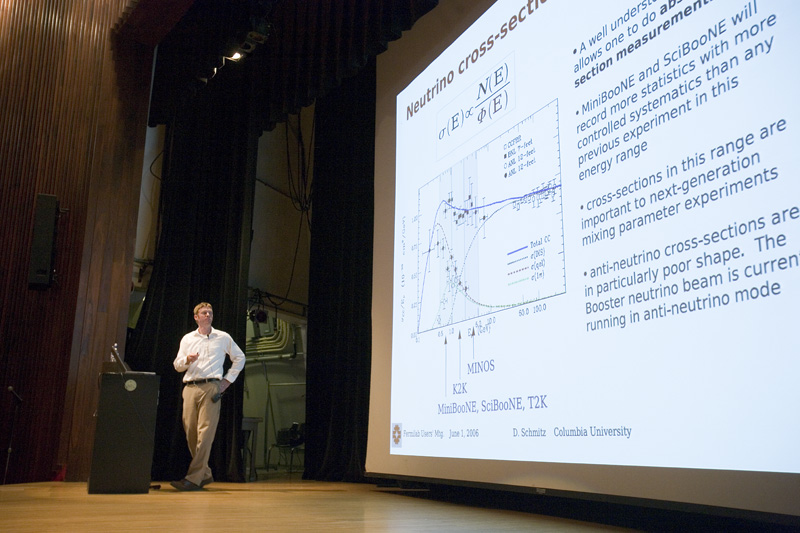

However, the advent of nuclear reactors after World War II provided physicists with a very intense source of neutrinos, and in 1955 Fred Reines and Clyde Cowan managed to detect neutrinos through so-called inverse beta decay, in which a proton captures an antineutrino (instead of emitting a neutrino): ν + p → n + e +. Neutrinos interact only very weakly with matter, and are consequently very difficult to detect – indeed, Pauli feared they might never be detectable. A few years later, the Italian-American theoretical physicist Enrico Fermi called Pauli’s particle a neutrino, and the name has stuck. In 1930, Wolfgang Pauli, an Austrian theoretical physicist, suggested that the missing energy must be accounted for by an undetected neutral particle also produced in the decay. It was found that the electron did not carry away all the energy that had been lost by the decaying nucleus. The existence of neutrinos was first suspected as a result of the properties of a type of radioactive decay called beta decay, in which an electron – or its antiparticle, a positron – is emitted. Neutrinos should not be confused with neutrons, a constituent of the atomic nucleus, or with neutralinos, hypothetical particles that may explain the dark matter content of the Universe.

They are denoted by the symbol ν, which is the Greek letter “nu” or n (it’s not a V, though it may be hard to tell in some fonts!). In the Standard Model of particle physics, matter is made up of two types of elementary particles: hadrons, which feel the strong force that holds protons together in the nucleus, and quarks together in the proton, and leptons, which don’t feel the strong force. Neutrinos are also much less massive than electrons – not more than 4 millionths of the electron mass (and the electron itself has a mass only 1/1837 of that of a hydrogen atom). They are similar to electrons, except that electrons have electric charge –1 (in the units particle physicists use in SI units that’s –1.6×10 -19 coulombs), whereas neutrinos have no electric charge. Neutrinos are a kind of elementary particle – that is, they are subatomic particles which don’t give any indication of being made of smaller pieces. How are neutrino oscillations measured?.This is designed for anyone with a general interest in particle physics – we hope it will be useful to anyone who’s interested enough to be reading these pages, regardless of whether or not you studied physics at high school!įor information on particle physics and the Standard Model in general, we recommend the Particle Adventure. In this page we present some basic information about neutrinos.


 0 kommentar(er)
0 kommentar(er)
